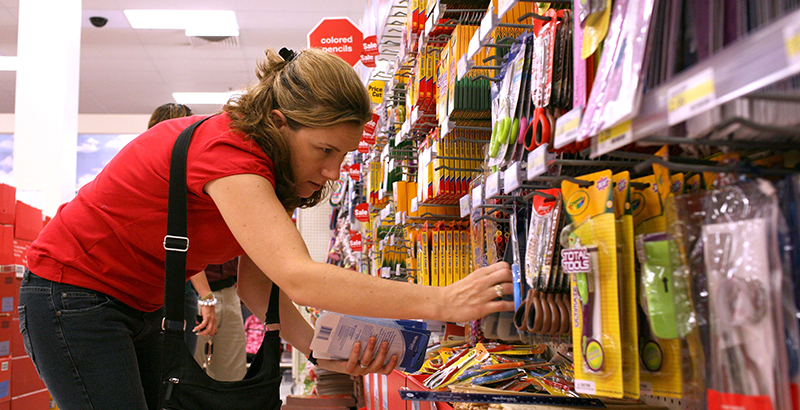5 Things to Know About the (Still Intact) Teacher Tax Deduction

The tax overhaul Republicans are expected to pass this week has caused a stir in education circles for months. One provision that received outsize attention from countless teachers and school administrators was the possible elimination of the deduction teachers can take for out-of-pocket classroom expenses.
However, the bill, which was finalized last Friday, retains the deduction for teachers. Republicans say they have the votes to pass it.
The current policy — which remains unchanged in the new bill — allows teachers to deduct up to $250 a year from their taxable income for the personal money they spend on classroom materials, such as snacks, clothing for students, decorations, and books.
Here’s what you need to know:
1 It’s a compromise.
The Senate wanted to double the break to $500 a year, and the House wanted to eliminate it altogether; the final bill holds it steady at $250. When deducted from the average teacher’s salary, the break for most teachers is worth about $40.
2 On average, teachers spend far more than $250 a year for classroom supplies.
A 2016 study by the publishing company Scholastic found that teachers spend an average of $530 a year on their students and classrooms — mostly on decorations, school supplies, and snacks for students.
Teachers’ total amount of out-of-pocket expenses was estimated by the National School Supply and Equipment Association to be around $1.6 billion in the 2012–13 school year, which means a maximum of $825 million could have been deducted from teachers’ incomes that year.
3 Teachers at high-poverty schools spend almost $150 more annually.
At high-poverty schools, teachers spend an average of $672 on supplies, the Scholastic study found.
4 Principals spend their own money, too.
In high-poverty schools, principals spend on average $1,014 a year on supplies for their schools, according to the study. They can also use the tax break, as can counselors and classroom aides.
5 Some teachers saw the proposed elimination of the deduction as a reflection of the value House Republicans place on their profession.
“Unfortunately, the GOP’s tax plan just sent teachers a different and disheartening message: Your work doesn’t matter. We don’t value your money. We don’t value your time. We don’t value your dedication to children,” one former teacher wrote on The 74.
Early in the debate, Republican Rep. Carlos Curbelo of Florida said the deduction is an example of the “complicated, small, sometimes invisible benefits” that the House version of the bill tried to end.
“Do we want a tax code that has special and small benefits for many small groups of Americans, or do we want a tax code that broadly benefits all Americans and that treats all Americans fairly?” he said.
Nationwide, the Federal Reserve estimates that about $210 million was lost in tax revenue because of the teacher deduction in 2016.
More than 93,000 people signed an online petition urging leaders to keep the deduction.
Some teachers took to social media to ask why teachers were losing their deduction, which isn’t worth much money, while others were getting tax breaks for more frivolous items — like private jets.
Help fund stories like this. Donate now!

;)
